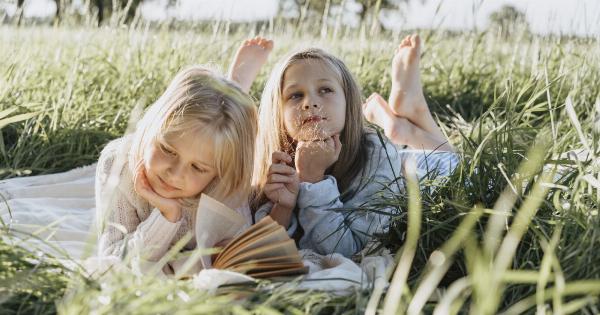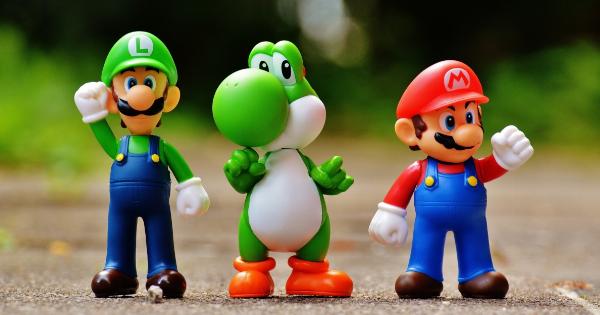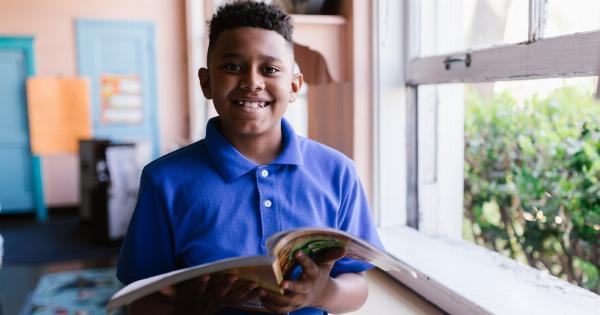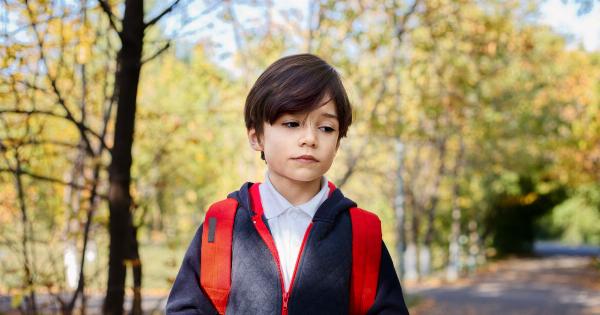Children’s dreams and nightmares have always fascinated parents and psychologists alike.
These enigmatic nighttime adventures can provide valuable insights into their emotional well-being, cognitive development, and even their fears and aspirations. While dreams remain largely mysterious, experts have made significant progress in understanding their significance in children’s lives.
In this article, we will delve into the fascinating world of children’s dreams and nightmares, exploring their meanings and offering guidance on how parents can help their children navigate their nighttime experiences.
The Science Behind Dreams
Dreams have intrigued humanity throughout history. Ancient civilizations regarded dreams as prophetic messages from the divine, while modern science has sought to unravel the biological and psychological processes that underlie these vivid experiences.
Researchers have identified rapid eye movement (REM) sleep as the stage in which most dreaming occurs. During REM sleep, the brain is highly active, and the sleeper’s eyes move rapidly beneath their closed eyelids.
It is during this stage that dreams are most vivid and intense.
While dreams can be influenced by various factors such as daily experiences, emotions, and imagination, Freudian psychoanalysis popularized the idea that dreams reveal unconscious desires and unresolved conflicts.
Contemporary research suggests that dreams play a crucial role in memory consolidation, creativity, emotional processing, and problem-solving.
The Dream World of Children
Children experience dreams differently than adults. Their dreams often contain fantastical scenarios, magical creatures, and exaggerated events, reflecting their vivid imagination and the limited understanding of reality.
As children’s cognitive abilities develop, their dream content becomes more complex and coherent.
Children often experience recurrent dreams, which can be associated with developmental milestones or emotional challenges. These dreams may reflect their anxieties about separation, school, or fear of the dark.
Nightmares, on the other hand, are intense and distressing dreams that can leave a lasting impact on a child’s emotional well-being.
Interpreting Children’s Dreams
Interpreting children’s dreams requires a nuanced understanding of their developmental stage, emotions, and experiences. While there are universal symbols in dreams, their meanings can vary depending on the child’s age and personal context.
Here are some common themes observed in children’s dreams:.
1. Flying and Falling
Flying and falling are common dream scenarios among children. Flying dreams often symbolize a sense of freedom, creativity, or an escape from everyday constraints.
Falling dreams, on the other hand, can indicate a lack of control, fear of failure, or feelings of vulnerability.
2. Monsters and Imaginary Creatures
Children’s dreams often feature monsters, dragons, and other imaginary creatures. These symbols can represent their fears, anxieties, or challenges they are facing in real life.
Exploring the underlying causes of these fears can provide valuable insights into their emotional well-being.
3. Talking Animals or Objects
Children’s dreams frequently incorporate talking animals or objects, tapping into their imaginative world. These dreams may indicate a child’s desire for companionship, communication, or a need for support.
4. Being Chased or Lost
Being chased or lost in dreams can reflect a child’s sense of vulnerability, fear of being abandoned, or a lack of control in their lives.
These dreams may arise when children are navigating new environments, experiencing changes, or encountering challenges they find difficult to handle.
Helping Children with Nightmares
Nightmares can be distressing for children and impact their sleep patterns and emotional well-being. Here are some strategies parents can employ to support their children:.
1. Create a Soothing Bedtime Routine
Establishing a consistent and calming bedtime routine can help children feel safe and secure before sleep.
Engaging in relaxing activities such as reading a story, listening to soft music, or practicing deep breathing exercises can promote a peaceful transition to sleep.
2. Provide Reassurance and Validation
When a child wakes up from a nightmare, it is crucial to offer comfort and assurance. Letting them know that the dream was not real and that they are safe can help alleviate their anxiety.
Providing a comforting presence can help them settle back into sleep.
3. Encourage Dream Exploration
Engaging in open and non-judgmental conversations about dreams can help children process their fears and emotions.
Encourage them to draw or write about their dreams, allowing them to express themselves creatively and fostering a deeper understanding of their experiences.
4. Foster a Safe Sleep Environment
Creating a sleep environment that is conducive to a sense of safety and security is essential.
Dimming the lights, using a nightlight, or allowing a comforting object like a stuffed animal can alleviate a child’s fear of the dark and promote better sleep.
Unlocking the Secrets of Children’s Dreams
While the exact meaning of dreams remains elusive, exploring and decoding children’s dreams can provide valuable insights into their emotional and psychological well-being.
By nurturing open communication, validating their experiences, and creating a safe sleep environment, parents can help their children navigate the mysterious realm of dreams and nightmares. Embrace the wonder of your child’s dreams and keep unraveling the secrets that they hold.





























